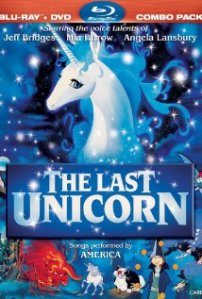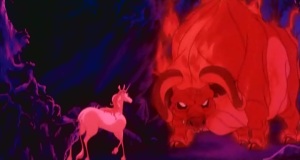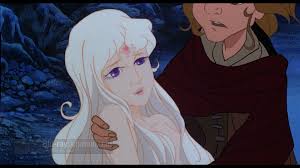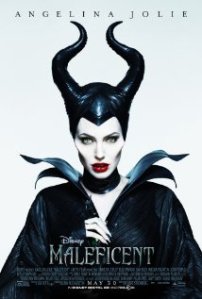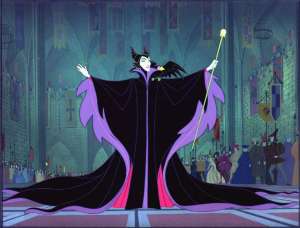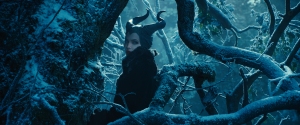A few weeks back, on the evening of May 10th, I attended the Last Unicorn Screening Tour when it came to Toronto. It was in the Cineplex in Dundas Square and it was a humid night. I had bought my tickets in advance because I did not want to miss the chance to meet Peter S. Beagle, the author of both the book and the screenplay. I have loved this movie since I was a child and fell in love with the book when I read it for the first time a few years ago. I’ve also read The Line Between, a book of short stories by Beagle which contains a sequel to The Last Unicorn, and I loved that too. Am I being overly dramatic here? Sorry, I just really find his writing and this movie truly moving and beautiful and really wanted to get him to autograph my copy of the book.
Although I bought my tickets in advance, I really had no idea how popular this event would be. I have never known many people who like this movie. Growing up, it seemed to just be me, and hence I typically watched it alone, although I sometimes watched it with someone else. I also had never attended a screening tour before. So I was surprised when I got to the theatre, slightly over half an hour in advance of the screening, and found an enormous line of people from the previous screening at 4 (it was now around 6:30) waiting to get to the merch booth and meet Mr. Beagle. When I went into the theatre, I discovered it was packed. Some fans had come in costume: the unicorn, the butterfly, Molly Grue, and Amalthea all graced the crowd. The girl sitting next to me had a The Last Unicorn tattoo on her arm. The movie was a lot more popular and dear to people than I had anticipated.
I was so happy to see the movie on the big screen, although embarrassed when I cried over Molly yelling at the unicorn, the unicorn being distressed at being turned into a human woman, and the end of the movie. I was still drying to dry up my tears and my runny nose when the lights came back on and Mr. Beagle’s manager started addressing the crowd. There was a Q&A with Mr. Beagle which was interesting and I got to learn more about the history of the movie and also about his writing. Then I had to run to the ATM and get cash so I could buy some of the cool stuff available, which included art work, books, T-shirts, and even leggings. I came away with a lovely picture of Amalthea reaching towards the clouds where a cloud shaped like a unicorn gallops and another of Beagle’s books, a book of short stories entitled Sleight of Hand. Then I got both that book and my copy of The Last Unicorn signed and got to chat with the author for a few minutes. I don’t meet too many famous or semi-famous people, but I am pleased to report that Mr. Beagle was a very friendly man. I left smiling and kept smiling for some time afterward.
Going to the screening tour was a great idea. I had a great night, got some neat stuff. and will remember my meeting with the man who is quickly becoming one of my favourite writers for a long time to come. And I will continue to make a fool out of myself crying over both the book and the movie The Last Unicorn for years to come.
